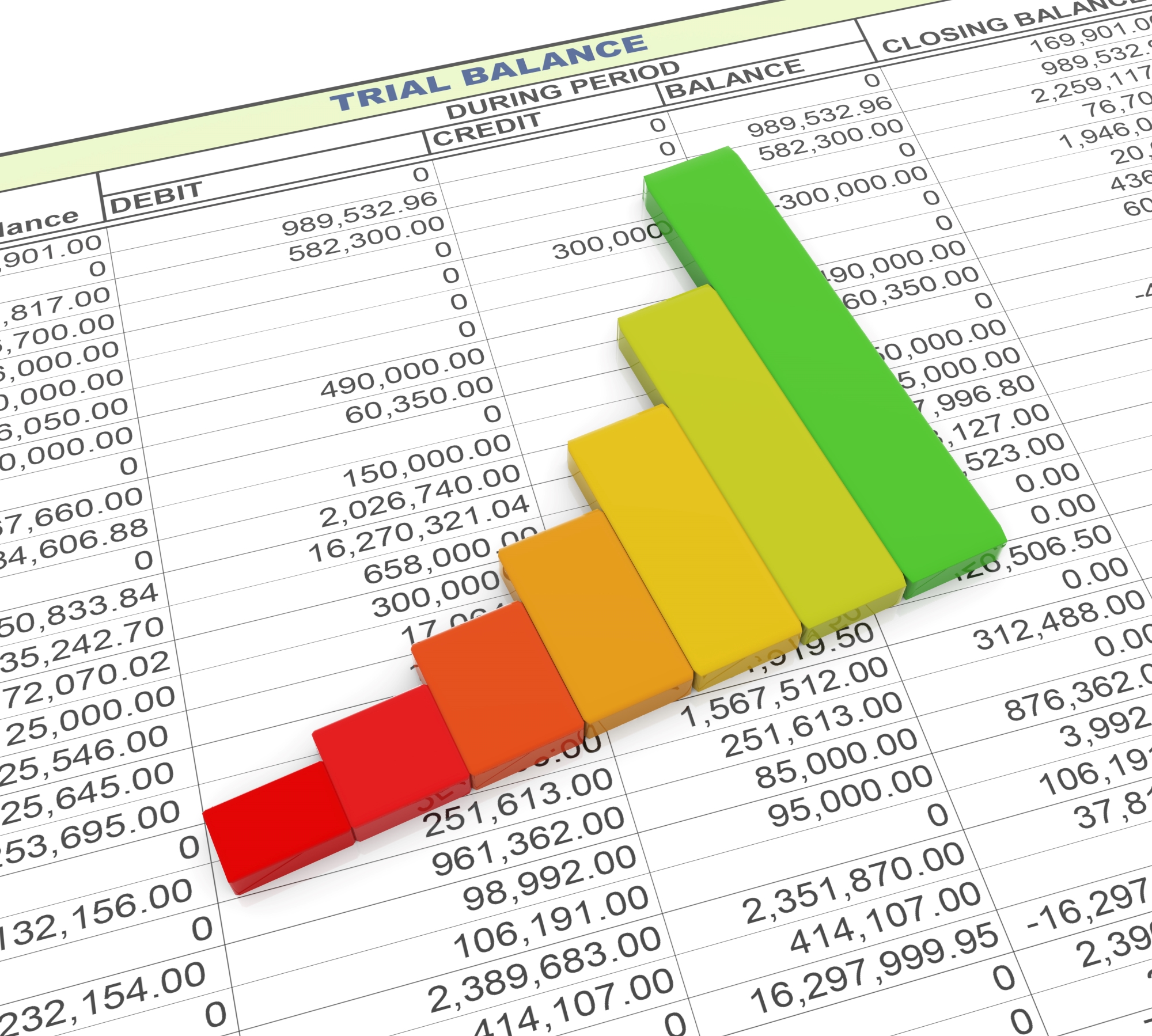
How to Create a Chart of Accounts For Your Small Business
0
post a comment
You must be logged in to post a comment.

A chart of accounts is one of the most important accounting tools for your small business. Your business’s accounting and finance framework relies heavily on this. That’s why it is important to get it right from the beginning. It helps organize your company’s financial data, which makes recording and reporting easier.
When you sign up for any accounting software, you will notice a couple of queries regarding your business industry. The software will automatically populate accounts that are relevant to your business, depending on the industry. For instance, if you are just offering services, you will not require accounts that deal with inventory.
But that should not be the end. You should customize your chart of accounts further to suit your business model. For instance, if you have different review streams, you would create an account for each revenue stream, allowing you to pull out reports from each account and know how much each stream brought on its own at any particular moment. Do not forget to number every account, especially when using a computerized system, and keep the numbering consistent.
Pro tip: when setting your chart of accounts, try to think ahead. The dream is to see your business grow, and the chart of accounts needs to be set in a way that accommodates that growth. Yes, you can add accounts as your business grows but try to think of the accounts you will need along the way and add them too.
Learn more in a related post: The Best online accounting software for SMEs
There are 5 main categories for the chart of accounts, which form the balance sheet and the income statement. These are:
With the parent accounts up, the next step will be to customize business accounts in line with the business you are running, adding them as sub-categories for the parent accounts.
For example, revenue from services offered or products sold would be sitting under the Revenue parent account, and any assets account, like cash, accounts receivable, and computers, would all nest under the assets parent account.
Below are some of the basic sub-accounts to create:
Current Assets
Fixed Assets
Current Liabilities
Non-Current Liabilities
Dealing with business accounting and finance matters might not be your forte, but a chart of accounts is a must-have. On the flip side, some professionals are conversant with accounting software and can customize your chart of accounts to meet your business needs. This way, you can pull reports and track the performance of every aspect of your business. And remember to always keep your accounting books up to date. Or hire a bookkeeper to ensure you are always on top of your business finances.
Related post: Cash Flow Management for Small Businesses
You must be logged in to post a comment.
